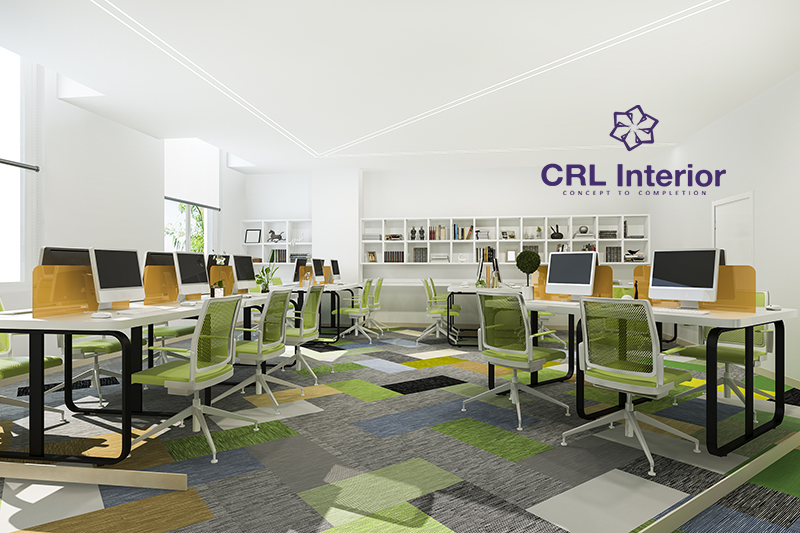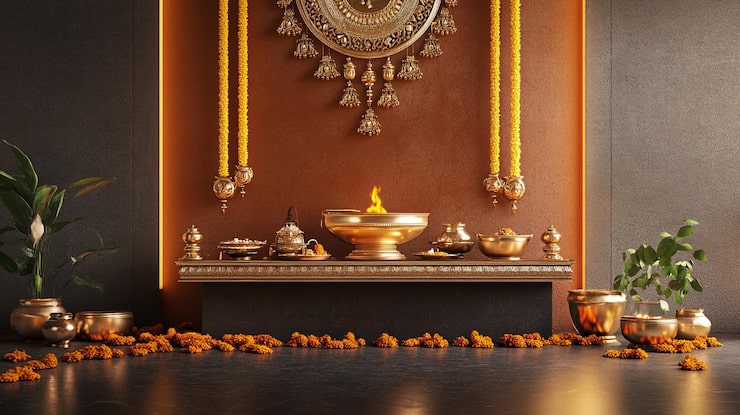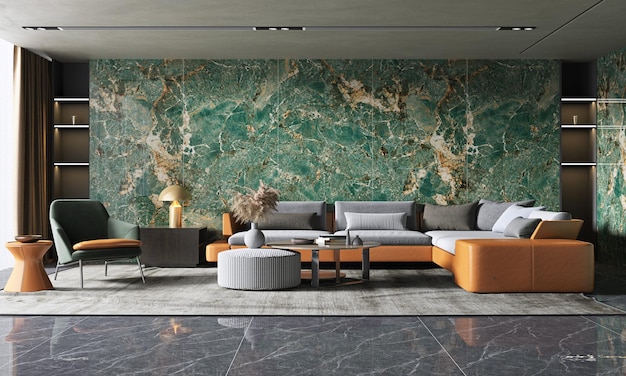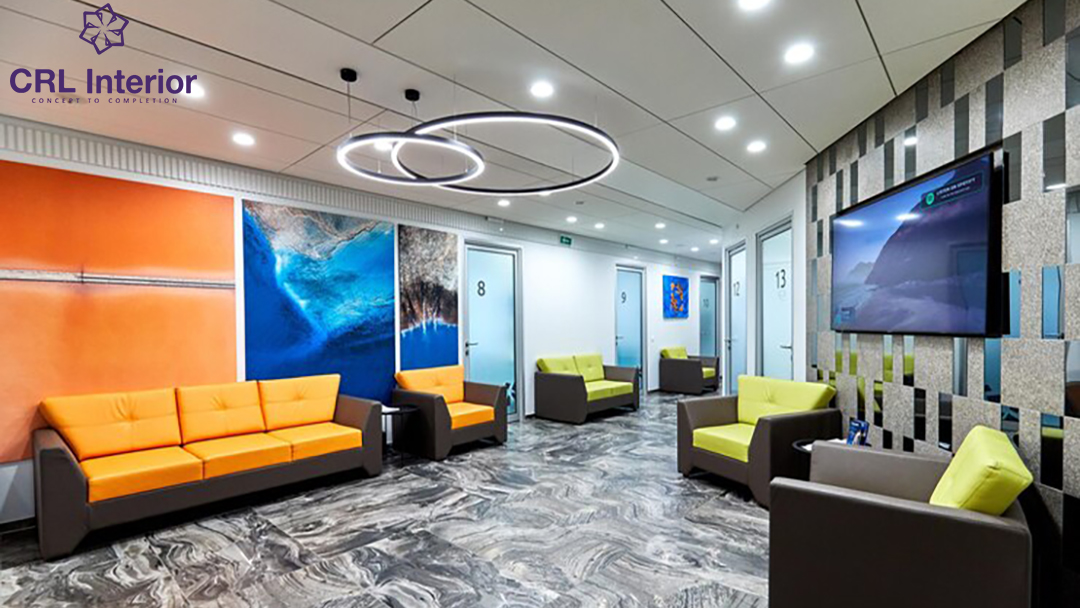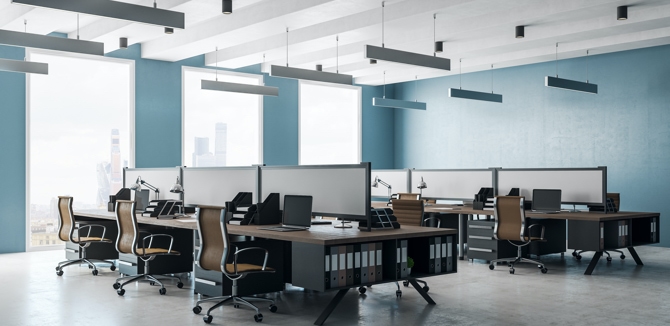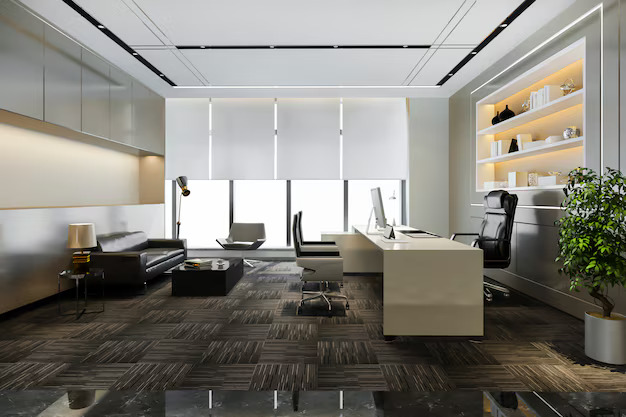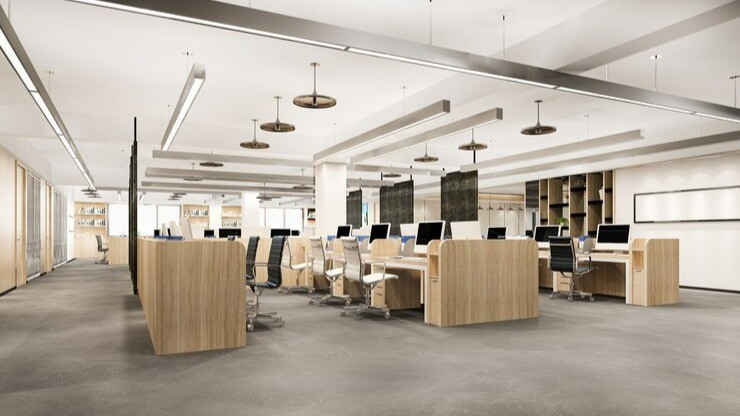Carpets are frequently overlooked when designing a space. However, a well-chosen carpet can significantly improve the aesthetics of any interior design. Carpets provide an artistic way to add color, texture, and warmth to a space, making them an essential component of interior design. Carpets have been used as decorative elements for centuries, and with good reason. They serve as the room’s anchor, connecting various design elements such as furniture, wall art, and curtains. Carpets serve as a foundation for other design elements, adding depth and complexity to a space. Carpets come in a variety of styles and textures, including Persian rugs and modern geometric designs, each with its own appeal.
One way to incorporate carpets into interior design is to select a rug that complements the room’s existing color scheme. If the walls are painted in a neutral color, a bold, patterned rug can add interest and drama to the room. A muted-toned carpet, on the other hand, can contribute to a sense of calm and tranquility. The choice of color is critical because it can set the tone for the entire space.
Another way to use carpets in interior design is to experiment with textures. A shaggy rug, for example, can create a warm and inviting environment, whereas a flat weave carpet can provide a sleek and modern appearance. Combining different textures, such as a silky smooth rug and a woolen carpet, can add depth and interest to the space. Carpets have a practical application in interior design. They can help to absorb noise, making a room quieter and more comfortable. They also provide insulation, keeping the room cool in the summer and warm in the winter. Furthermore, carpets are softer than hard surface floors, making them a safer option for families with young children or elderly residents.
When selecting a carpet, it is critical to consider its placement within the room. A large rug can define a seating area, whereas a small rug can highlight a piece of furniture. The material used is also important because it affects the carpet’s durability and maintenance. For example, a high traffic area may necessitate a more durable material, such as nylon or polypropylene, whereas a bedroom may benefit from a plush woolen carpet.
Finally, carpets have a significant impact on interior design aesthetics. They provide a beautiful way to add color, texture, and warmth to a room while also providing practical benefits like sound insulation and comfort. Carpets can tie together different design elements and serve as the room’s anchor. When selecting a carpet, consider its placement, color, texture, and material to ensure that it complements the existing design scheme and fulfills its intended purpose. Carpets truly provide art underfoot, enhancing the beauty and functionality of any interior space.
The position of Carpets in interior design Aesthetics
Carpets are frequently overlooked when it comes to interior design, but a well-chosen carpet can work wonders to improve the aesthetics of any space. Carpets are a clever way to add color, texture, and warmth to a space, making them an essential component of interior design.
Carpets have been used as ornamental elements for hundreds of years, and for desirable reasons. They act as an anchor for the room, connecting various design elements such as furniture, wall art, and curtains. Carpets provide a foundation upon which other design elements can be layered, resulting in intensity and complexity in an area. Carpets come in a variety of patterns and textures, from Persian rugs to modern geometric designs, each with its own appeal.
One way to incorporate carpets into interior design is to choose a rug that complements the room’s overall color scheme. For example, if the partitions are painted a neutral color, a bold, patterned rug can add interest and drama to the space. However, a carpet with a muted tone can help to create a sense of calm. Color selection is important because it sets the tone for the entire area.
Another way to use carpets in interior design is to experiment with textures. A shaggy rug, for example, can create a relaxing and welcoming environment, whereas a flat weave carpet can provide a sleek and contemporary look. Combining different textures, such as a silky smooth rug and a woolen carpet, can add depth and hobby to the room.
Carpets also pose a practical issue in interior design. They can help with sound, making the environment quieter and more relaxing. They also provide insulation, keeping the room warm during the cold months and cool during the summer. Similarly, carpets are softer than hard surface floors, making them a safer option for families with young children or elderly residents. When selecting a carpet, keep in mind its placement within the room. A large rug can outline a seating area, whereas a smaller rug can accent a piece of furniture. Fabric selection is also important because it affects the carpet’s durability and preservation. For example, a high-traffic area may necessitate a much better material such as nylon or polypropylene, whereas a bedroom may benefit from a plush woolen carpet.
Finally, carpets play an important role in interior design aesthetics. They provide a sophisticated way to add color, texture, and warmth to a space while also presenting practical benefits such as sound insulation and luxury. Carpets can bring various design elements together and serve as the room’s anchor. When selecting a carpet, it is critical to consider its placement, color, texture, and fabric to ensure that it complements the existing design scheme and serves its intended purpose. Carpets clearly provide artwork underfoot, enhancing the beauty and functionality of any indoor space.
